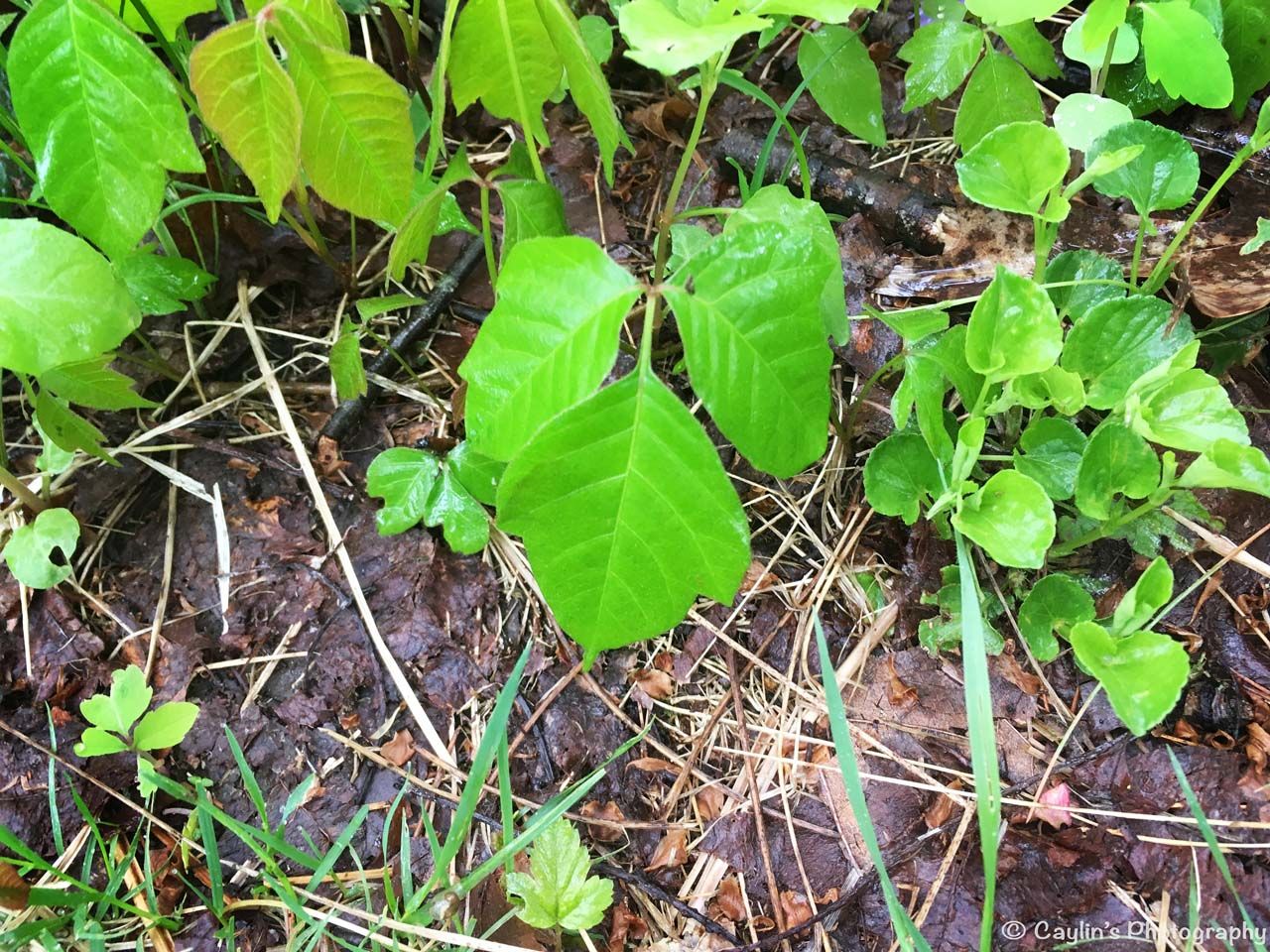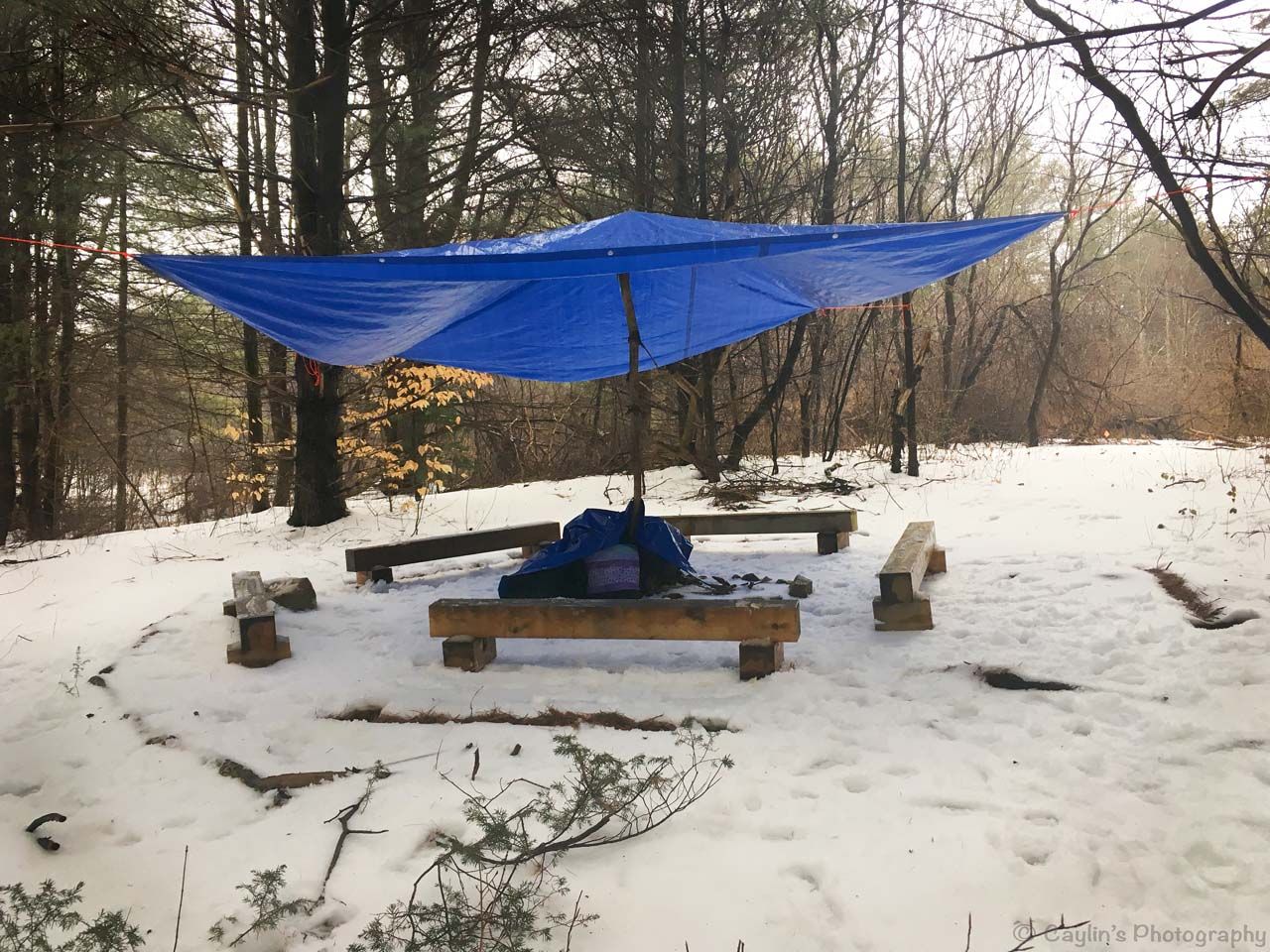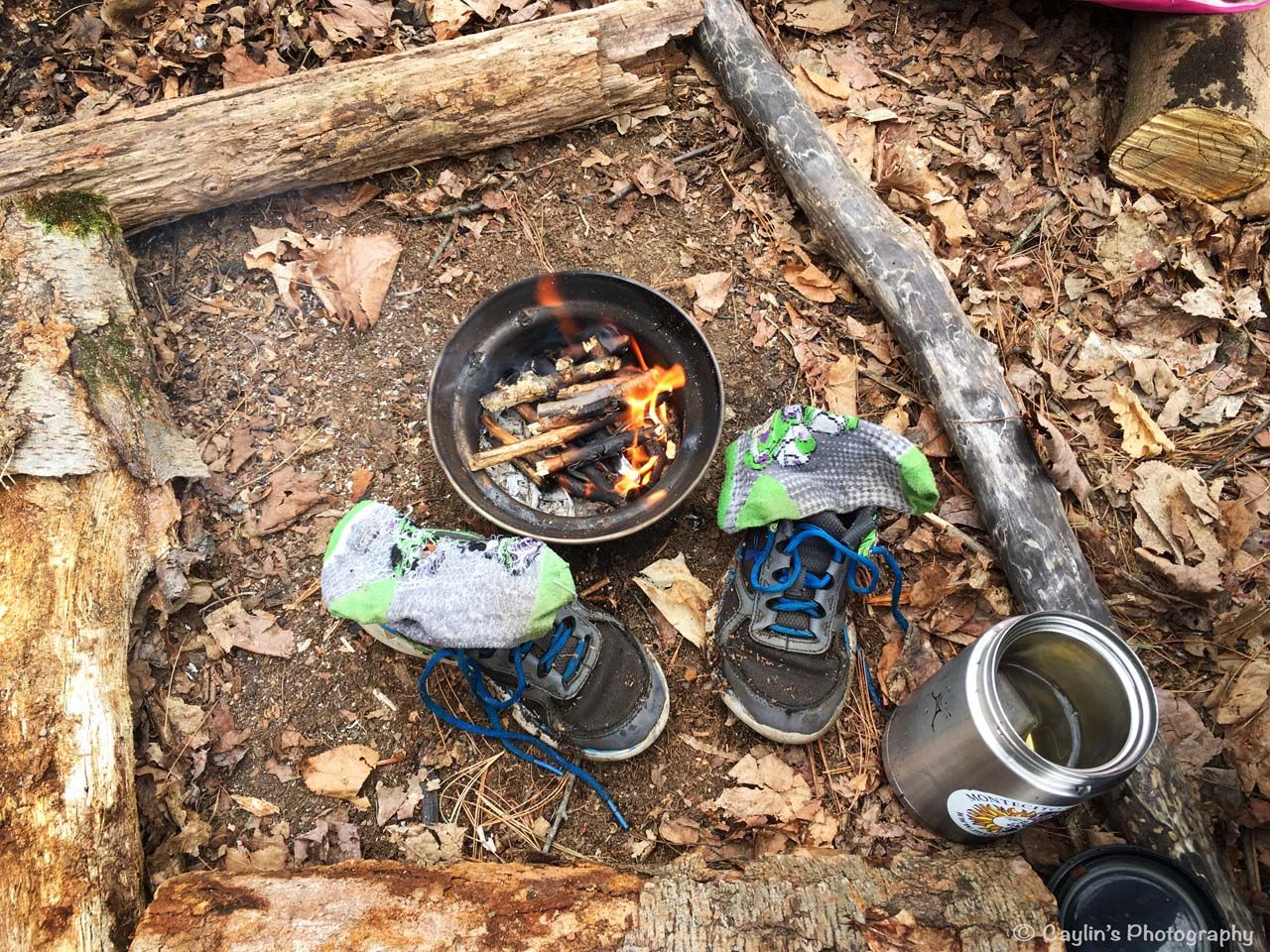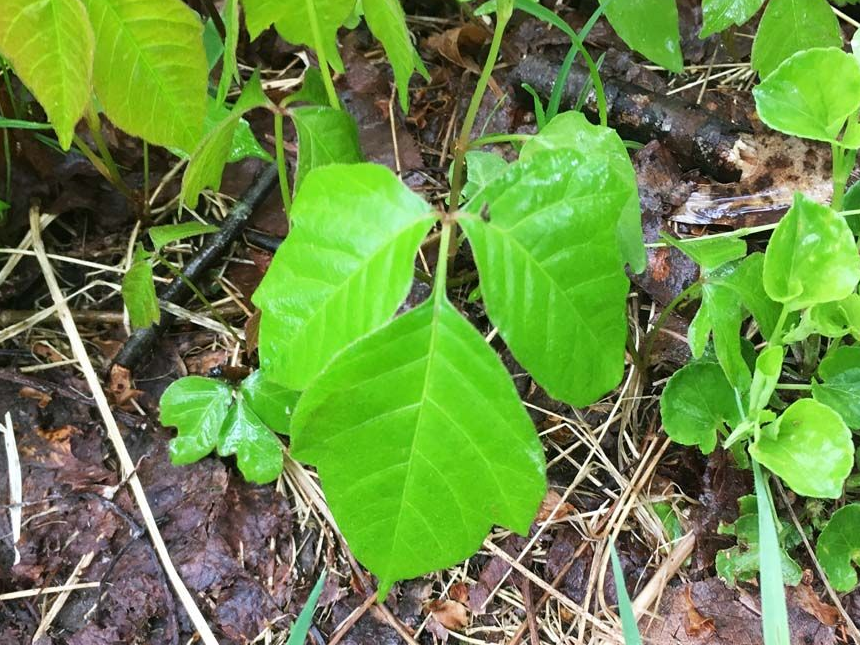
Blog
Stories from my personal journey learning about and delivering Nature-rooted programs across three different countries
Nature is not always nice... And that's why I do this work
Caylin (Forest Schooled)

Empty space, drag to resize
I went to a conference recently that was all about connecting children with nature. Sounds like something that should be right up my alley. However I left feeling dissatisfied. I found that a lot of discussion around the reasons for connecting children to nature were highly romanticized. At one point it was said, and I quote, "All children should have the opportunity to smell the dandelions."
That's a nice sentiment, but smelling dandelions is not the reason I do this work. And we don't just frolic in the woods in the dappled, warm sunlight as some people seem to think.
For example, just the other week on the final session of the school year for an after school program I was leading, a 6 year old was stung by a bee. The bee came out of nowhere completely unprovoked. And do you know where it stung the boy? Right on the eyelid. Within minutes his eye was almost completely swollen shut. He handled it alright and luckily wasn't allergic, but understandably just wanted to go home. The boy could barely see to be fair! So I called his parents and he was picked up half an hour early. On the final day of the program for the year... Not the way any of us wanted it to end!
Another time, we were out during torrential rain in early springtime. I'd set up a tarp for shelter and at first the kids were very excited to play in the rain. Until everyone was completely and utterly soaked and started to get cold. At that time of year the snow was barely yet melted and temperatures still required coats, hats, and gloves. So with all that wet clothing combined with the cold, I made the call to go back inside for safety reasons. We finished off the last hour of our session indoors...

Another time a 6 year old fell face first into a stream wearing running shoes and sweats (instead of the recommended waterproofs) within the first 20 minutes of a 2-hour session on another chilly spring day. I gave him some dry spare socks, stripped off his wet sweatshirt, put him in my own coat, then spent the rest of the session trying to dry his socks and shoes by the fire... I also proceeded to accidentally burn a hole in his sock with a stray ember... (whoops).

Overall, I can't even count the amount of times I've put up tarps with cold, trembling fingers, or endured hours of rain. And let's not forget the biting insects. One time I came home with 40 mosquito bites that itched for days. I had to keep hydrocortisone on my bedside table to help me sleep through the nights! Then add in the sunburns, nettle stings, and the time 17 children and I narrowly escaped getting poison ivy as we stumbled upon a patch of the hazardous plant whilst out exploring...

My point here is that time in nature sometimes gets romanticized as filled only with beauty, pure enjoyment, and awe. But that's not the whole story. It also comes with challenges, risks, and sometimes discomfort and pain... Even when the policies and risk assessments put into place to reduce the risks have been implemented.
My intention here is not to dissuade others from venturing into the outdoors. Rather, I'm attempting to point out that there's significance in recognizing the whole picture: That unpleasant things can happen outside just as often as pleasant ones. And that they serve us in beneficial ways too. They help us built a more realistic awareness of the world we live in, including the creatures and plants that we share space with. They help us gain a clearer ecological understanding, a 'nature-smarts' if you will, and a resilience that allows us to endure challenges and difficulties. They also provide us with perspective, in which we can take notice of our own vulnerabilities, learn how to cope and adapt, and gain a greater appreciation for the more pleasant experiences when we are graced with days of sunshine and warmth (and frolicking).
Thus, acknowledging the risks associated with the great outdoors and their benefits is highly valuable. Tim Gill (2010) in Nothing Ventured... Balancing risks and benefits in the outdoors, states,
“Thinking about benefits alongside risks does not just help to tackle excessive risk aversion. It can improve the way staff deliver programmes, it can help to give visits and activities a clearer purpose, and it can enable the goals to be communicated more effectively” (p. 19).
Conducing a Risk Benefit Assessment in advance of/during delivering a program is an extremely useful tool for ensuring safety alongside truly meaningful learning experiences. Feel free to use these downloadable Risk Benefit Assessment Templates (PDF and Word Versions) for a bit of guidance.
I think this is all summed up quite well by what the mother of the boy who received the bee sting in his final day said to me (thankfully) afterwards:
"It's ok, he knows it's a part of nature."
So, nature is not always nice... And that is precisely why I do this work.
Occasionally, we might take the time to smell the dandelions too...
References:
Gill, T. (2010) Nothing Ventured... Balancing risks and benefits in the outdoors, English Outdoor Council.
More Posts
WANT TO GET FOREST SCHOOLED TOO?
Subscribe to my email letters, something special from me to you so we can learn together. Each one is filled with heart-felt stories from the forest, resources you may find useful, and things that hopefully bring a smile too.
Thank you!
© by FOREST SCHOOLED
